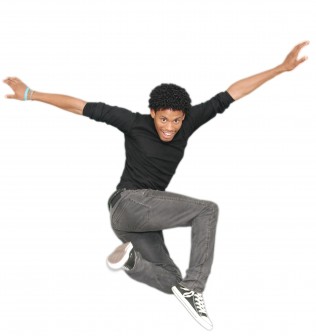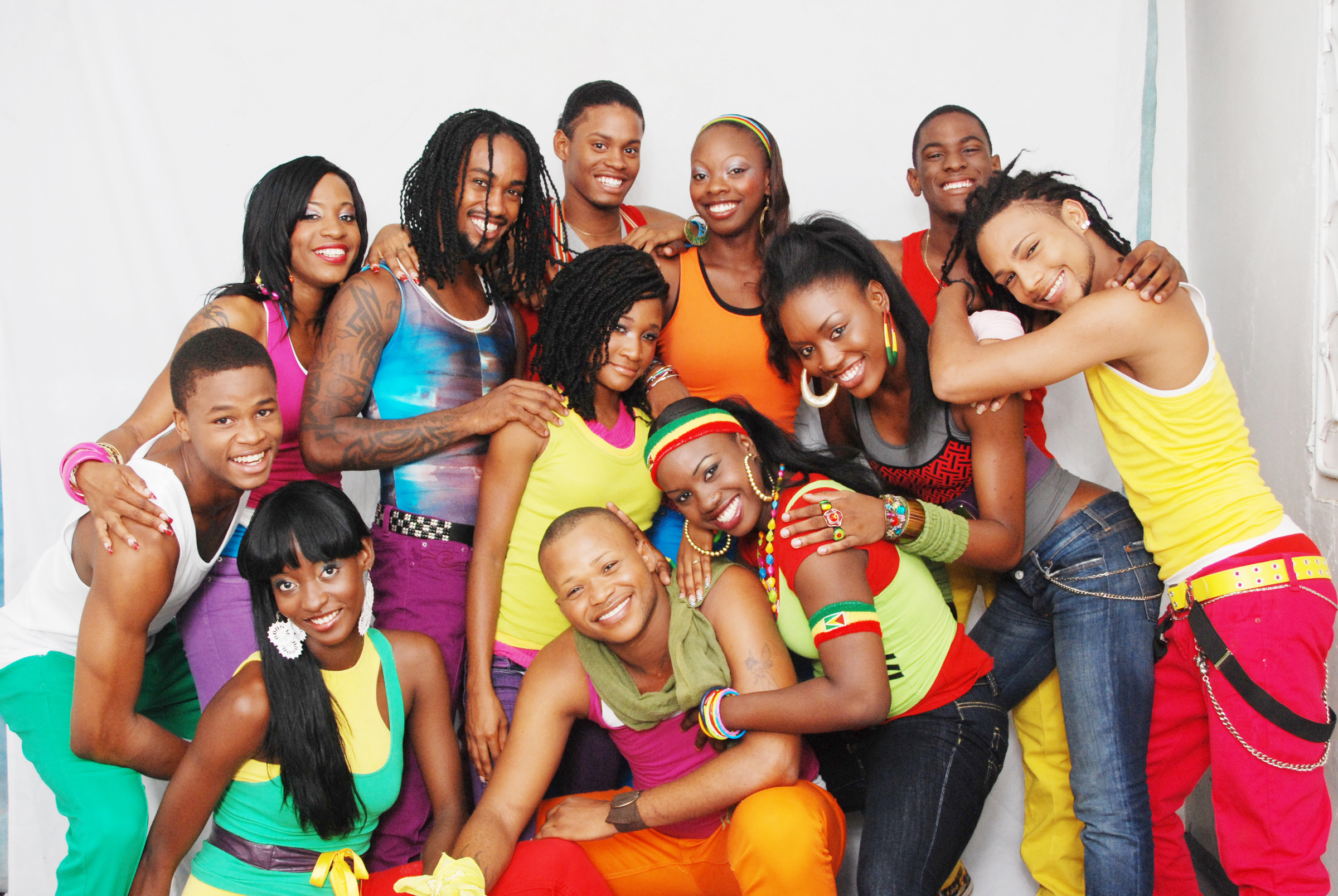Classique brags about its contemporary strengths and has been criticized for failing to bring enough depth to a stage, but it is solid and if anything was worth seeing within the past few days, it was its interpretation of Lady Gaga’s hit “Born This Way”.
Frankly, very few schools in the country if any, are going to take on the song but then Classique isn’t just any school, which is why it remains relevant and people rush to get tickets when it advertises a show.
Déjà vu, the latest production, was what I thought it was would be, intense with enough edge to remind me that I was at a Classique show, though the opening fell flat. It simply came down to the second half and that Gaga-inspired number.

As you watched them on the stage moving to the music of Nina Simone, there was a feeling of disconnect. While Simone was singing about the colour or her skin and the texture of her hair, something was missing; the sounds of drums.
I wanted to hear drums and feel the vibrations of the African culture as Classique paid homage to this UN Year of African people, but the wait was in vain. Director, Clive Prowell has choreographed some of the most captivating dance numbers going purely on the sounds of drums yet in this whole production he failed to deliver one such piece.
Why Clive? It’s okay to share in the experiences of African-Americans, but what of our brothers and sisters in Africa. What of Miriam Makeba and folks the likes of Baaba Maal? Somewhere along the way, the first half of the show lost me, but I’d be lying if I said the dances weren’t solid.
It has to be said that Classique dancers can continue to power their way through the dances, but if the piece fails to connect with those in the audience who are looking for interpretation and messages, then they are going to be criticized for failing to deliver on depth.

As if to signal the direction in which the second half was likely to go Classique opened the segment dancing to Gaga’s controversial hit, “Judas”. Dancer, Travis Bowen, one of the better Classique dancers played the role of Judas with such intensity it was easy to embrace the character.
Fan or no-fan of Gaga, Classique owned that song and Travis was the Judas we would all love to hate. By the time the number was through, Classique had proved yet again why it sits atop the contemporary dance scene here.
There were a few other numbers which resonated, like the re-cycled number featuring an all-female cast. The song shows a sexy, strong, dominating side of the women of Classique that people can’t seem to get enough of. Whenever this particular dance is featured, the comments vary from, “Damn! Meleesa [Payne] looks hot!” to “Damn! Meleesa looks amazing!”. Truth is, she does and you have to wonder how she is keeping that figure.
But it was Classique’s take on Gaga’s “Born This Way” that was the number of the production. Prowell had incredible lyrics and melody to work with and he served up a deliciously good dance which also bordered on scandalous.
The fact that the male dancers in Classique dominated the dance was expected, considering that dancer, Paul Charles is so good! Charles and more seasoned dancer John Reman powered their way through the Gaga number, baring every emotion. It was something to watch; and as stated earlier it was Classique, being Classique.






